The Heysham 2 nuclear power plant on the northwest coast of England is one of the UK's fleet of advanced gas reactors (AGRs) which came online in the 1970s and 1980s. It features two 620 MWe reactors which were connected to the grid in 1988, with an initial planned service life of 35 years, since extended to 40 years, which means a current scheduled shutdown date of 2028.
Cheetham, who was previously plant manager of a coal-fired power station, arrived at Heysham 1 as station director in 2020, before moving to its neighbouring station of Heysham 2 in March this year. He says that the biggest difference between the thermal plants and nuclear ones is that "the regulatory footprint is completely different, for obvious reasons, but a lot of the conventional plant is the same".
The UK's AGRs are the second generation of British gas-cooled reactors, featuring graphite moderator and carbon dioxide as primary coolant. The fuel is uranium oxide pellets, enriched to 2.5-3.5%, in stainless steel tubes. At the moment there is a process on-going to consider a further extension to Heysham 2's operating life.
Cheetham explains of AGRs: "They are fantastic pieces of equipment. They are an evolution of the old Magnox design and they were designed to marry up to existing steam turbine technology - so the steam conditions are exactly the same as in many thermal plants. The AGR operates at a higher temperature than pressurised water reactors (the carbon dioxide circulates through the core, reaching 650°C) and it's a very reliable design."
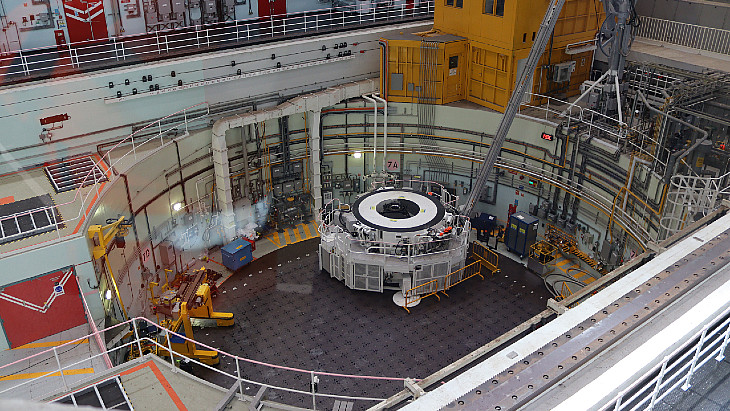
A view from above of the pile cap, which is the top of one of its reactors (Image: WNN)
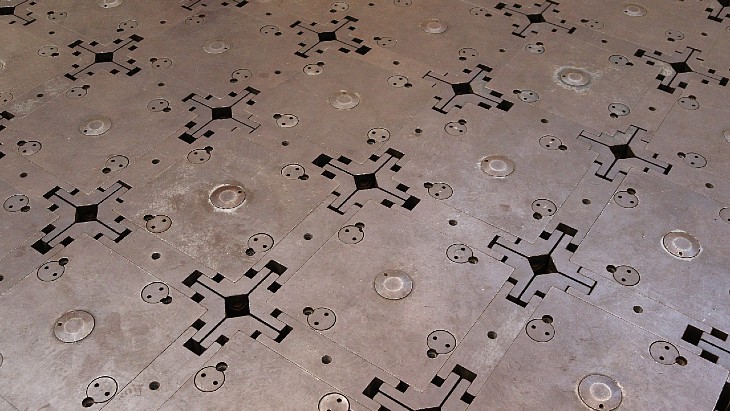
A close-up of the pile cap, through which nuclear fuel is loaded/unloaded (Image: WNN)
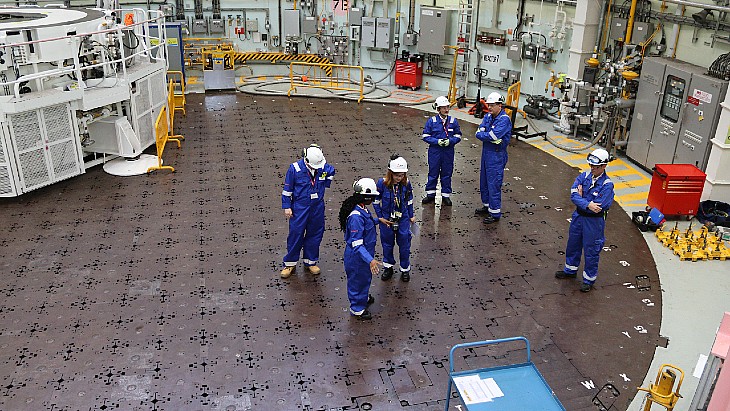
Martin Cheetham, second right, standing on top of the reactor, says a fresh record is within sight (Image: WNN)
Over the past few decades the AGRs were outpaced by PWRs on a worldwide scale, with the UK now embracing the PWR for its Hinkley Point C and prospective Sizewell C plants. But in the meantime there is a vast pool of in-house knowledge of AGRs and the hope that will help with extending the life of Heysham 2, which operated continuously for 940 days from 2014 to 2016 - setting a world record at the time for continuous operation - showing the benefit at the time of being able to carry out on-load refuelling (most nuclear plants have to shut down when their fuel is being changed).
"The team here are quite rightly still very proud of that record. There has always been a great focus on operation performance, driven by nuclear safety, plant reliability and it really demonstrates what an AGR can do," says Cheetham. "We've moved to off-load refuelling so we won't see that record again, but we still strive for the same standards between refuelling outages."
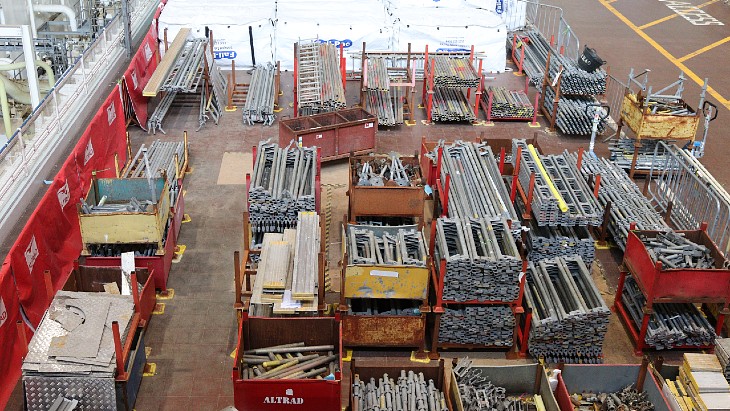
Preparations for fuel and maintenance stoppages are a major undertaking (Image: WNN)
There is another record on its way, with Heysham 2 recently hitting the cumulative total for electricity generated of 300 terrawatt hours - "if you put that into context it is the same as powering every home in the county we sit in, Lancashire, for 147 years, or of saving more than 100 million tonnes of CO2", says Cheetham. The record for lifetime generation for an individual nuclear power plant in the UK is held by Hinkley Point B at 311 TWh. "That is a fantastic achievement for any AGR" but with Hinkley Point B ending generation in 2022 "we've got a few more years ahead so hopefully we can grab the baton and become the UK's most productive AGR."
On the question of a further extension to its operating lifetime, Cheetham acknowledges it is a complex decision: "As the graphite ages, we see different properties in the graphite and we enter an inspection-led regime. So we go into the core with remote equipment a few times a year just to inspect the the fuel channels. That then gives us a picture of how the core is ageing and it helps us form an internal view on how far we think we can generate from the core that we have.
"The inspections that we've done have been in line with our expectations. We've got some more inspections to do which will form a better view and also consolidate the findings. We're looking to make a lifetime decision by the end of the year, but a lifetime decision doesn't only concern graphite. Obviously, it concerns other things. So that's a significant investment decision for us as a company. We look at steam turbine integrity, generating integrity, boiler integrity - all the ancillary systems and the enablers that would allow this plant to go that little bit further.
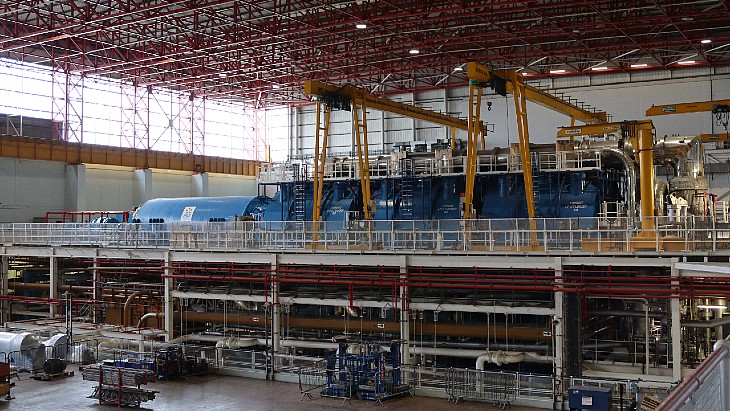
A lifetime extension also takes steam turbines into account (Image: WNN)
"It is an internal EDF decision, however we do engage with our regulators at every step of the way so they're fully aligned with us ... it is an inspection-led regime."
The inspection findings are presented to the regulator for their approval in line with the established safety case "and that then takes us on the journey to achieve that life extension".
On the likely length of any life extension, he says "it would only be small - we realise that the AGRs are coming to the end of their lifetime so we wouldn't be looking to massively extend the station". A move from the current 2028 end date would be bound by the inspection-led regime, so it would have "the caveat of plus or minus - the lifetime extension is based on the best view, but we've got to bound it with a level of conservatism".
There are long lifetime extensions being fairly regularly announced for PWRs in different countries, and he explains why AGRs can't follow suit: "The main reason is the technology of the reactor. They are graphite-moderated gas-cooled reactors and the graphite has got an ageing mechanism over time. You can't replace the core so ultimately there is going to be an end point to the AGRs. The PWRs are a much more compact, simpler water-based moderator design and don't have that life-limiting factor that the AGRs have got in the graphite."
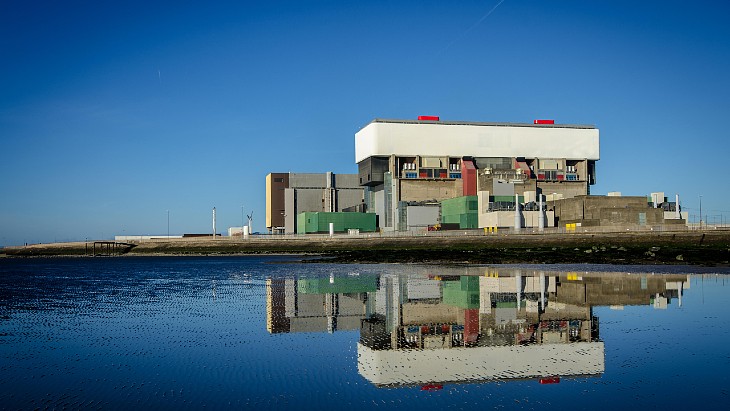
Heysham 2 was connected to the grid on 11 November, 1988 (Image: EDF)
One thing which has helped, he says, is that they have been learning from their colleagues at Hinkley Point B, Hunterston and Dungeness, which are in the defuelling phase, and with a large skilled and supportive workforce, one eye is also being kept on what happens after the current plant's life comes to an end.
In terms of new nuclear, Cheetham says there is room at the site, as well as a "great, capable group of people who are grounded in the nuclear industry and a community which is used to nuclear" and plenty of jobs in the years ahead during the eventual decommissioning process. The hope is to plug into the UK's plan to expand to 24 GW of nuclear capacity over the next few decades.
It is not a site suitable for a new gigawatt plant, but the hope is that it will be home to small modular reactors. Great British Nuclear is currently running a technology selection process which aims to select at least two types and then provide sites for them to be built at. Cheetham says they will be watching the GBN contest outcome closely. How many SMRs would fit on the site? "We'd love to host as many as we can get but we have to understand the detailed designs and the footprint".
That decision by GBN is now expected to be taken around April or May 2025, and Cheetham says, whatever the outcome of those decisions, it's a "fabulous industry" to be working in with lots of exciting things happening and his advice to anyone thinking of nuclear as a career would be, "go for it".
Listen and subscribe on all major podcast platforms:
World Nuclear News podcast homepage
Apple
Spotify
Amazon Music
Episode credit: Presenter Alex Hunt. Co-produced and mixed by Pixelkisser Production

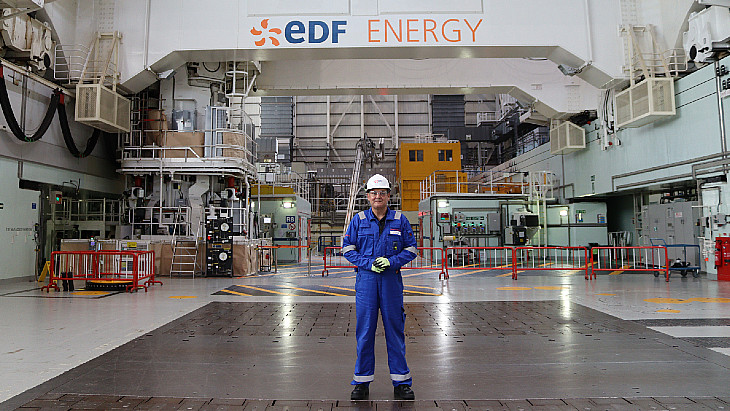




_18570.jpg)
_16159.jpg)
_49205.jpg)



